Food security is not something we’ve had to spend too much time focusing on in the past, but this needs to change. If the aftermath of the pandemic, Brexit trade agreements and the impact of climate change have taught us anything, it’s that the UK’s supply chain is far more fragile than we thought.
The news has been rife with stories about potential food shortages in the run up to Christmas, so how can we ensure consumers get their Brussels sprouts on time?
One possible solution is the on-shoring of supply chains to help mitigate future risk. This could include a rise in initiatives such as vertical farming, which is the practice of growing crops in vertically stacked layers in controlled environments to optimise plant growth. Until recently this had been an urban enterprise designed to be easily incorporated into a home, shop, restaurant or even a workplace, but things are starting to change.
While many existing units would have to undergo a costly refit to be suitable, there are significant benefits to growing produce in a warehouse. Firstly, controlling ambient conditions and operating in sterilised environments results in greater crop yield and lower processing costs by eliminating climatic risk.
Secondly, there’s no downtime during winter, allowing for 365-day production. With the technology to monitor every aspect of the plant’s growth, you can know in exact detail the length of your growing period, what you’ll be producing and when. This will allow for consistency of supply, essentially reducing the UK’s exposure to trade risks.
British vertical farmer Fischer Farms has already started work on a new £25 million facility in Norfolk which it claims will be the world’s biggest when it opens next May. The farm will complement an existing vertical farming operation run by the business in Lichfield, Staffordshire, which grows a range of short leaf products via a stacked, bio-secure, climate-controlled and fully automated system.
The new facility will create more than 270,000 sq ft of growing space, enough to supply 6.5 tonnes of fresh produce to UK supermarkets every day, equating to 72,000 90g bags of salad.
For context, lettuce is a seasonal vegetable that can only really be grown four months a year. In a best case scenario a farmer could expect to produce 36,000kg (3.6 tonnes) of lettuce per hectare of land. Ultimately, they’d require over 218 hectares to produce the same amount as a vertical farm and that’s without other outside factors such as weather and disease.
This said, the power requirements needed for controlling conditions 24/7 are considerable. According to data from Hortidaily, lettuces grown in purpose-built vertical farms need an estimated 3,500 KwH per year for each square metre of growing area.
At present, connecting to the grid and accessing power is already a huge obstacle for both developers and occupiers, with energy provision dictating upcoming industrial hotspots. However, with renewable energy on the rise, this could soon be both a more environmentally friendly and productive way to get our Christmas veg.
Further information
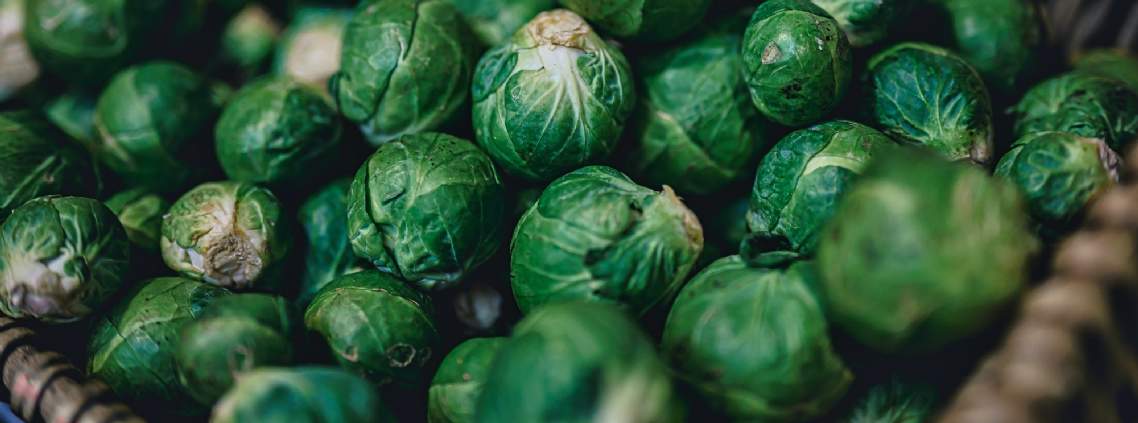

.jpg)
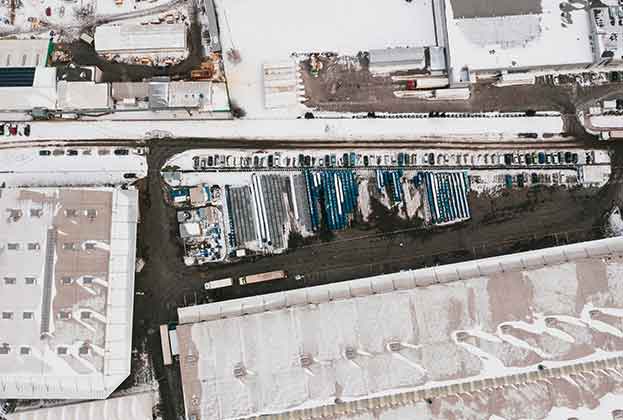
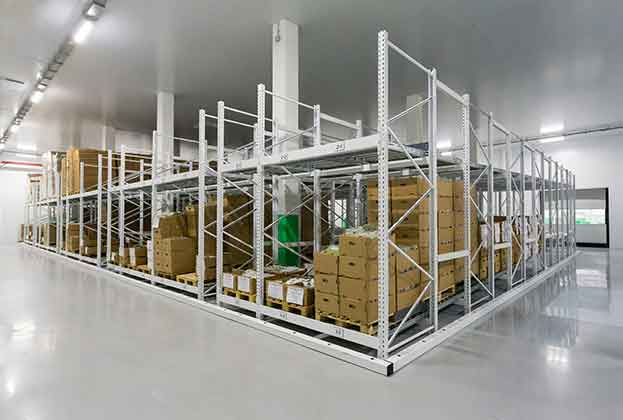
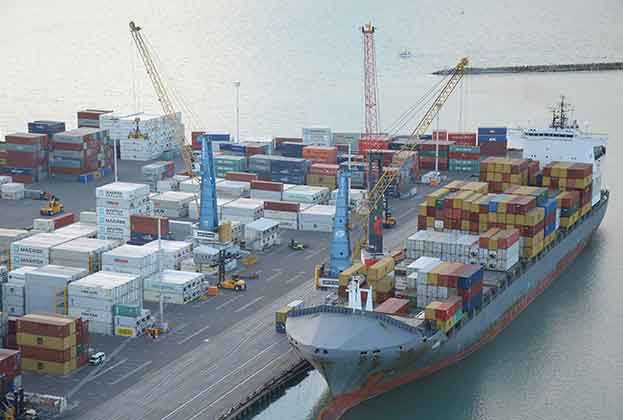
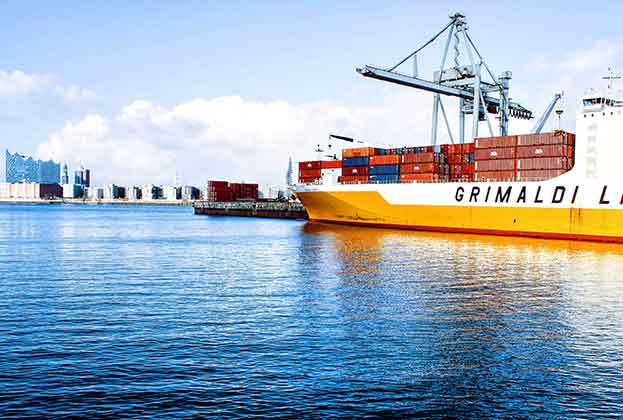

.jpg)

.jpg)